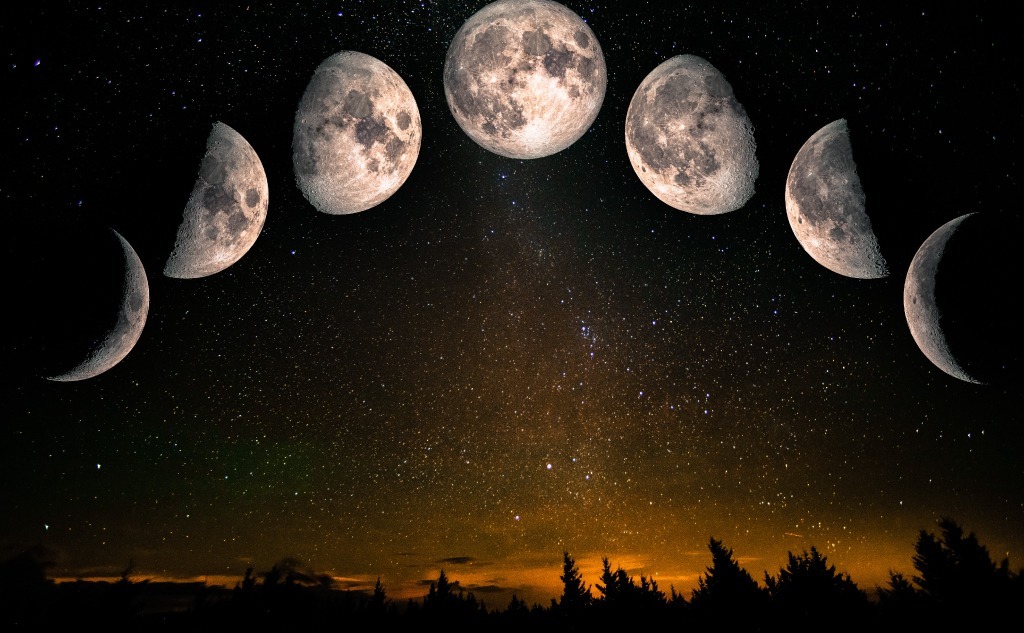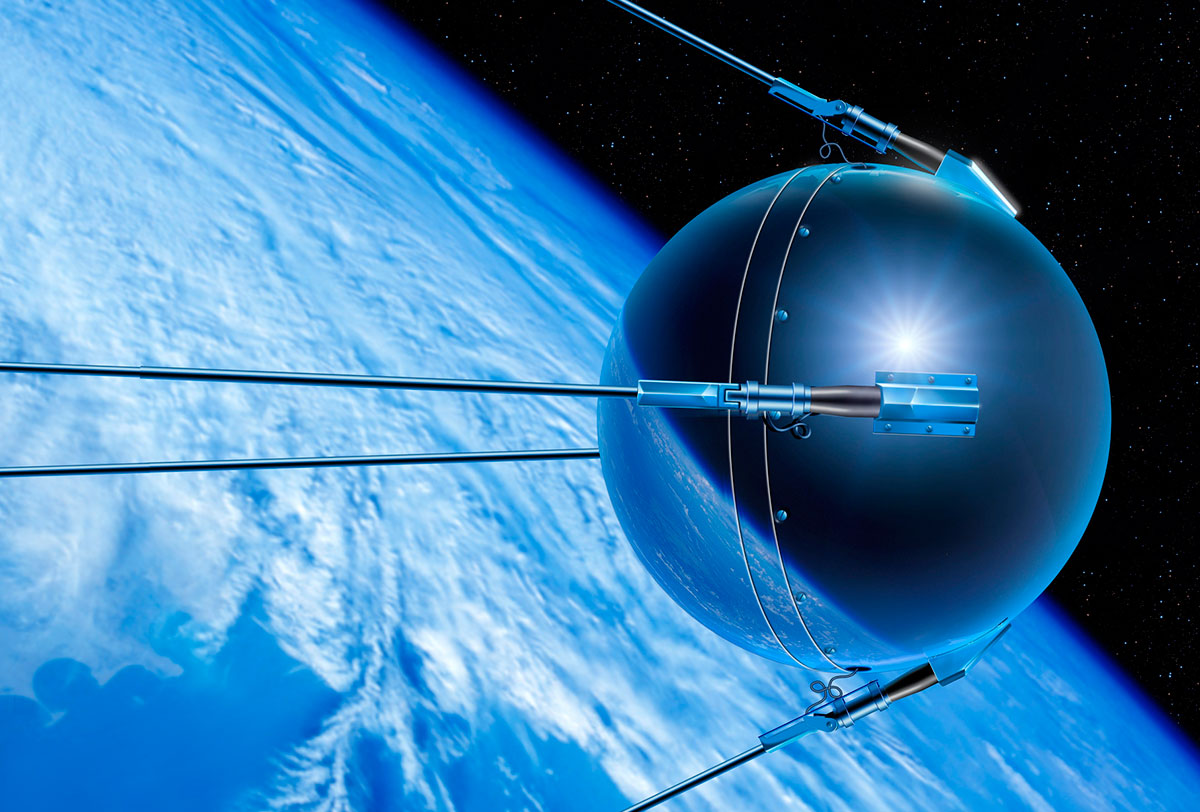On some days, I disappear, on other days I am in my brightest phase. On yet other days, I am smiling upside down, and sometimes I look thin, faint, and curved. I am your natural satellite! The moon! Yes, humans make artificial satellites, but I was made by an All-Wise creator who knew how much humans on the miraculous blue dot would need me.

The moon, the Earth's companion, is made of rock and metal—just like the Earth and the other rocky planets (Mercury,Venus, and Mars). Its outer shell, the crust, is covered by lunar soil which is a blanket of fine rock particles, varying between three and 20 meters (10–65 feet) deep. Moreover, its surface is cratered and pitted from comet and asteroid impacts. But what is it that holds the moon in place? How does it not fall? Or travel elsewhere? The answer is gravity, the weakest force of four holding the entire universe together. What is the true nature of gravity? There is no answer from science. That is because gravity is just a description/name of Infinite Power holding objects together. It is not the real source. Through this force, the Moon is pulled toward the Earth, thereby keeping it in motion around the Earth. The Moon’s presence helps stabilize our planet’s wobble and moderate our climate.

Did you know that the first man-made satellite was launched in 1957? It was a project of the Soviet Union back then and was named "Sputnik 1" which means "companion". The Sputnik 1 satellite was a 58.0 cm-diameter aluminum sphere that carried four whip-like antennas that were 2.4-2.9 m long. The spacecraft obtained data pertaining to the density of the upper layers of the atmosphere and the propagation of radio signals in the ionosphere. The satellite transmitters operated for three weeks, until the on-board chemical batteries failed, and were monitored with intense interest around the world. The orbit of the then inactive satellite was later observed optically to decay 92 days after launch (January 4, 1958) after having completed about 1400 orbits of the Earth over a cumulative distance traveled of 70 million km.
Did you know that the Moon is a kind of satellite with a much bigger size and greater benefits? Indeed, the Moon makes Earth a more livable planet by moderating our home planet's wobble on its axis, leading to a relatively stable climate. On the other hand, satellites are launched to space to monitor the Earth, and other celestial objects depending on the purpose of the space mission. Furthermore, satellites have a very short life expectancy compared to the moon.
The man-made satellite has made communication between humans much easier, however, it would not kill humanity if it were to disappear someday. Through the moon, low and high tides take place across the globe. Knowing the tides is important because it affects several aspects of life such as fishing and tidal zone foods. For example, edible sea creatures like crabs, mussels, snails, inhabit the tidal zone and without the regular washing of the tides, these complex and abundant creatures would die and food resources would diminish. Weather and navigation are also affected by the tidal waves in addition to them being a source of renewable energy. Obviously, artificial satellites do not offer what the moon offers.

In order to truly appreciate the God-made satellite, let us reflect further on the man-made one. As we know, satellites come in many shapes and sizes. But most have at least two parts in common - an antenna, usually made of copper, and a power source. The antenna is used to send and receive information. The power source can be a solar panel or battery. Solar panels make power by turning sunlight into electricity. Additionally, many satellites carry cameras and scientific sensors. They may gather information about Earth's land, air, and water. Or they may collect data from the solar system and universe.
Now, do you believe that if we put the basic raw materials of a satellite in the desert, the heat will transform them and strong wind will assemble them over millions of years? Do you think it would have been possible for the antennas on their own to know how to send and receive data? Would a piece of metal be able to do such a thing? Do you believe if we send millions of monkeys, they can do the job? How about uneducated or ignorant people? The answer is obvious, that is because it takes tremendous knowledge and power along with determination (will) to make satellites and put them successfully in the orbit. How about making a satellite like the Moon? Of course, that requires Infinite Power and Knowledge. Just as the invention of a man-made satellite required a great deal of knowledge and experience, our natural satellite must have a Creator behind it. Nature cannot randomly cause the moon to affect life on earth and serve humanity in various ways.
Let us pause and reflect on how we enjoy our life here with the presence of the moon out there. Just as the moon is the only natural companion to planet earth, it is also a companion to those who inhabit the earth. The moon is also dependent on the light coming through the sun. Through this reflection, together with the motion of the Earth around its orbit, we get to observe the beautiful moon phases. Indeed, Our Creator blessed us with eyes to observe these phases. In fact, the month of Ramadan is determined by observing the crescent. He gave us brains to use our intellect and make a lunar calendar to track the days and seasons. Isn't it amazing how our Creator made the moon a reason for life to exist on Earth? Shouldn’t we be grateful to the Maker for these many gifts? Should we not praise the Maker of such amazing gifts? How would you live if we had no moon? How would you be able to tell the days? How would our planet’s tilt be stabilized? How would we have a moderate climate? Indeed, we should show the utmost appreciation for the valuable gift of the moon through the use of good words and fine deeds. While we look from our windows and transform our admiration of it to prose and poetry, we should be mindful of the Creator of the moon Who gave us such a precious gift, at no cost.